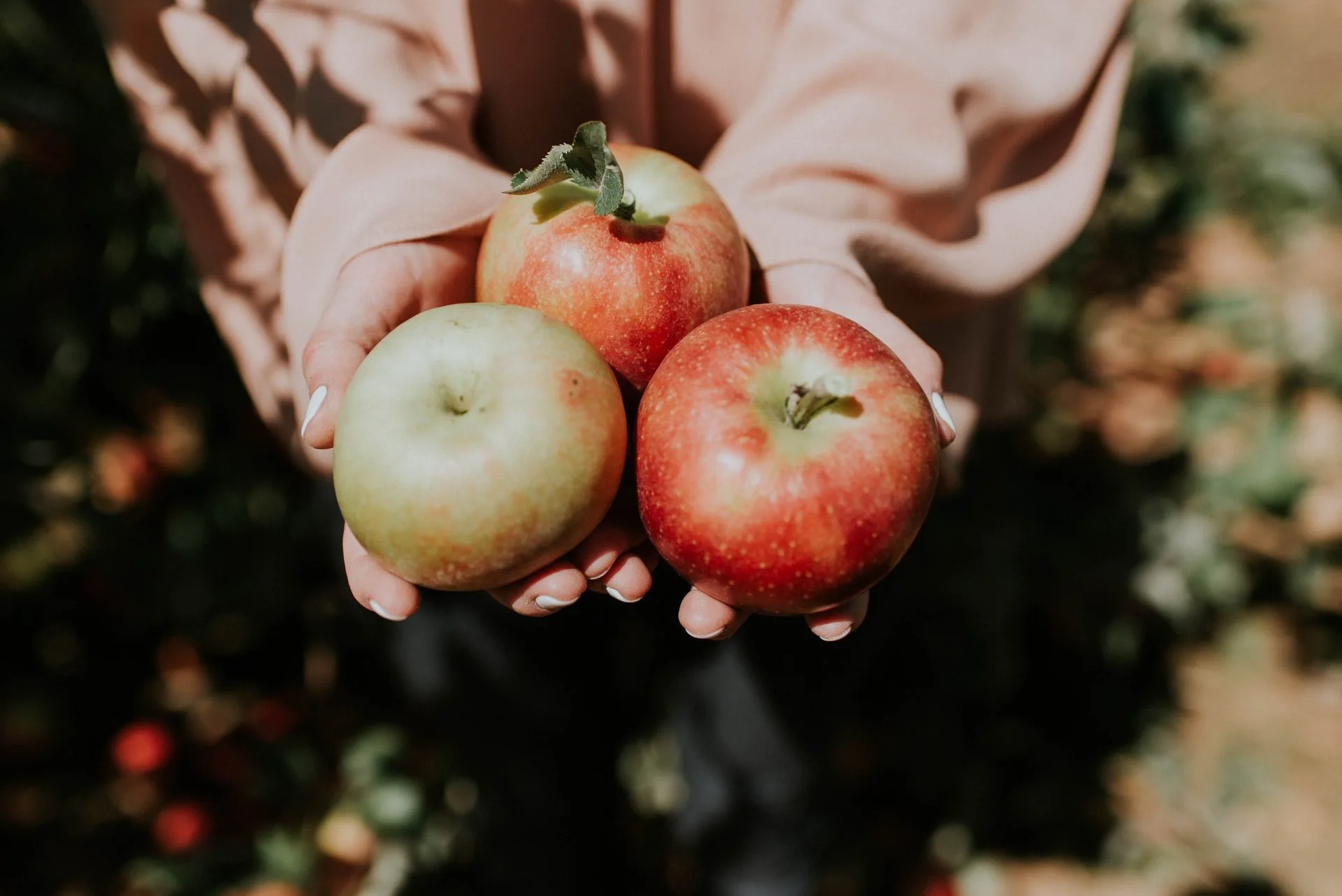Imagine this: to get the same nutrition your grandfather received from one crisp apple, you’d need to eat five to seven apples today. The idea sounds like an exaggeration—but it’s not. Over the last century, the mineral content of our soil has plummeted, and with it, the nutrient value of our food. It’s one of the great, quiet crises of our time: we are surrounded by plenty, yet our bodies are starving at the cellular level.
The Hidden Story Beneath Our Feet
So how did we get here? The short answer is that modern agriculture, for all its efficiencies, has gradually starved our soil. Industrial farming practices—like monocropping, over-fertilization, and heavy pesticide use—have disrupted the delicate ecosystem that makes soil vibrant and alive. Soil microbes, which are essential for breaking down minerals and making them available to plants, are disappearing.
As a result, plants can’t draw up the full spectrum of nutrients they once did. Researchers have compared crops grown in the 1950s to those today and found consistent declines in key minerals such as magnesium, calcium, and iron. In the quest for bigger, faster-growing produce, we’ve bred fruits and vegetables for yield, shelf life, and appearance—not nutrition. The result? More food, but less nourishment.
It’s no wonder that even if you eat exceptionally well—with fresh produce, clean proteins, local and organic foods—you will still struggle with subtle, chronic deficiencies. We’re doing “all the right things,” yet our bodies are quietly missing the building blocks they need to thrive.
Why “Healthy” Isn’t Always Enough
If you’ve ever felt like your best efforts toward health aren’t paying off, you’re not alone. Many of us eat conscientiously, drink filtered water, take supplements, and still battle low energy, cravings, brain fog, inflammation, or dull skin and hair. The truth is, these can be early signs of mineral deficiency.
Every one of your 37 trillion cells depends on minerals to function. They’re what make the lights stay on in your cellular “city”—supporting energy production, hormone balance, hydration, and detoxification. When those minerals run low, your body begins rationing energy, choosing which systems get powered first. You may notice it as fatigue, poor sleep, brittle hair and nails, mood swings, or that mysterious sense of “running on empty.”
This condition—what the World Health Organization calls “Hidden Hunger”—affects billions worldwide. It’s not about calories or even vitamins; it’s about the micronutrients and minerals that fuel every function and process in the body.
The Apple Problem (and the Spinach, and the Avocado…)
Let’s put this into perspective. To meet your daily potassium needs (about 4,700 mg), you’d have to eat forty cups of raw spinach or seven avocados every day. Even for the most devoted green-smoothie lover, that’s impossible. Modern produce simply doesn’t deliver what it once did, and it’s not your fault—it’s the soil’s.
Our ancestors got their minerals naturally from food and spring water that had flowed through mineral-rich earth. Today, most of us drink bottled or filtered water, stripped of its natural mineral content. The combination of nutrient-poor soil and mineral-free water has left modern humans significantly mineral-depleted—despite our abundance of food.
How Mineral Deficiency Shows Up in Everyday Life
Because minerals are involved in almost every bodily process, a deficiency can show up anywhere. For some people, it’s fatigue or muscle cramps; for others, it’s thinning hair, breakouts, brain fog, or restless sleep. Over time, this imbalance can ripple outward—affecting fundamental operations such as hormone balance, mood regulation, and even the immune system.
If your body feels “off” in ways you can’t quite name, there’s a good chance mineral depletion is part of the picture. The good news is that it’s not permanent—and restoring balance can be surprisingly simple once you understand how replenishment really works.
Replenishing from the Ground Up
The body doesn’t respond well to quick fixes. Just as soil restoration takes time, true remineralization is a gentle, ongoing process of rebalancing your internal ecosystem. The goal isn’t to “supplement” but to replenish—to restore what’s missing in a form your body naturally recognizes and can use.
That’s where humic and fulvic minerals come in. These organic compounds, derived from ancient plant matter, carry a full spectrum of trace minerals in the balanced ratios your body needs—just as nature intended. Fulvic molecules, in particular, are remarkable. Their tiny molecular size allows them to pass freely into cells, delivering a full spectrum of minerals right where they’re needed. Humic substances work in tandem, supporting balance and absorption at the gut level and escorting toxins and biowaste out of your body entirely.
Unlike isolated single mineral supplements, these natural mineral complexes work with the body’s replenishment systems, allowing your cells to take in what they need and leave what they don’t. Think of it as tuning your body’s entire ecosystem, rather than topping off a tank.
How to Start: “Low and Slow”
Rebalancing your minerals doesn’t have to be complicated. The key is to start low and slow—giving your body time to adapt. I recommend starting with small daily amounts of clean, ionic liquid humic and fulvic supplements. Ionic liquids, with no flavoring, are best, as they require no digestion and are easiest for your body to absorb. Being liquids, they are also easy to fine-tune your daily amount. With a daily full-spectrum mineral replenishment routine, most people notice subtle, but powerful, shifts over weeks and months, including steadier energy, clearer thinking, better sleep, and even a visible glow to their skin and hair.
As you remineralize, remember that you’re not just “taking something.” You’re rebuilding the foundation of your vitality—from the soil up.
The Bigger Picture
So, one apple really isn’t what it used to be. But that’s not cause for despair. It’s an invitation to rethink how we nourish ourselves and our planet. When we care for our internal and external ecosystems—choosing regeneratively grown foods, clean water, and bioavailable minerals—we’re not just preventing deficiency. We’re restoring the natural brilliance our bodies were designed for.
Because true vitality isn’t about chasing the next health hack. It’s about reconnecting with the deep, elemental nourishment that makes life thrive-from the soil beneath our feet to the spark within every cell, the best source of energy on earth, is from earth— it’s minerals!
Who is the author?
 Caroline Alan is a mineral expert, speaker, and author of the forthcoming book The Mineral Reset: The Essential Guide to Replenishing Your Body and Restoring Your Health (Hay House Publishing, with a foreword by Dr. Mindy Pelz). Her work focuses on replenishing the body’s cellular fuel with bioavailable humic and fulvic mineral complexes.
Caroline Alan is a mineral expert, speaker, and author of the forthcoming book The Mineral Reset: The Essential Guide to Replenishing Your Body and Restoring Your Health (Hay House Publishing, with a foreword by Dr. Mindy Pelz). Her work focuses on replenishing the body’s cellular fuel with bioavailable humic and fulvic mineral complexes.



![women [longevity live]](https://longevitylive.com/wp-content/uploads/2020/01/photo-of-women-walking-down-the-street-1116984-100x100.jpg)










